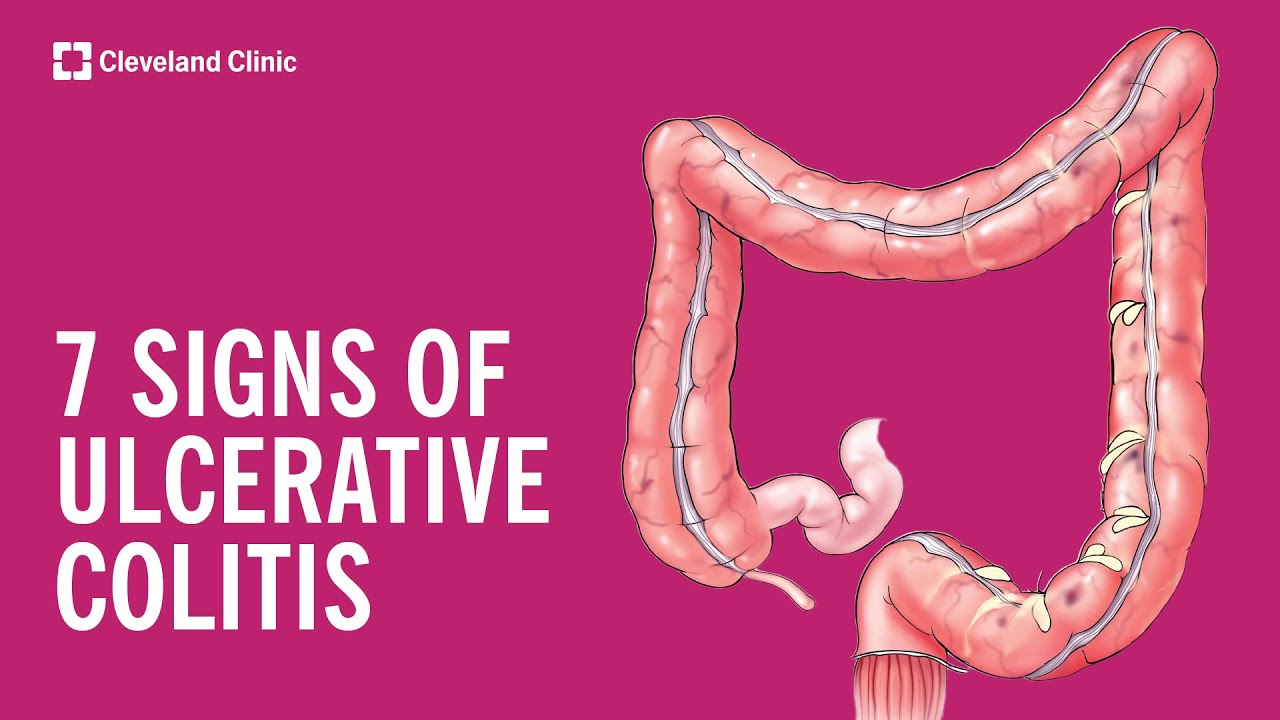The Gastroenterology Channel
NEW YORK (Reuters Health) – Preoperative 18F-fluorodeoxyglucose positron emission tomography (FDG-PET) can make a significant contribution to staging for locally advanced gastric cancer, according to a report in the May 1st online issue of Cancer.
“I think PET scans can identify occult metastatic gastric cancer in about 10% of patients who have a CT scan and laparoscopy both negative for metastases,” Dr. Manish A. Shah from Weill Cornell Medical College, New York told Reuters Health in an email. “Based on this, I think it should be considered as a part of the preoperative staging evaluation.”
Previous studies have shown increased specificity of FDG-PET in comparison with CT for detection of regional and distant lymph node metastases, but there have been no prospective evaluations of the utility of FDG-PET/CT in staging gastric cancer within the context of good-quality contrast-enhanced CT, endoscopic ultrasound, and laparoscopy.
Dr. Shah and colleagues sought to examine the potential added benefit of FDG-PET/CT to modern gastric cancer staging paradigms in a prospective study of 113 patients with locally advanced gastric or gastroesophageal cancer.
FDG uptake was more common in pure intestinal subtype tumors (97%) than in diffuse tumors (44%), in proximal tumors (81%) than in distal tumors (59%), and in moderately or moderate-to-poorly differentiated tumors than in poorly differentiated tumors.
In the entire patient population, FDG-PET had 35% sensitivity and 99% specificity for detection of metastatic disease. Among patients with FDG-avid primary tumors, the sensitivity was 50% and the specificity was 98%.
Based on these findings, if laparoscopy were performed in all 113 patients without prior PET/CT scan, 21 (19%) would have a positive laparoscopy.
If, on the other hand, laparoscopy were performed only in the 101 patients without metastases on PET/CT, then 20 (20%) would still have metastatic disease identified by laparoscopy, while 11 (10%) would avoid a futile laparoscopy.
Adoption of the latter strategy would result in an estimated cost savings of $13,571 per patient (primarily because of the avoidance of futile gastrectomies in patients who have occult metastatic gastric cancer).
“We found minimal overlap between the groups of patients with metastases identified by FDG-PET/CT or laparoscopy, suggesting that FDG-PET/CT and laparoscopy are almost mutually exclusive and that both are required in order to fully stage patients with locally advanced gastric cancer,” the researchers note.
Because of the cost savings and avoidance of unnecessary laparoscopy, the investigators conclude, “we propose PET/CT as the initial staging investigation in patients who have a routine CT scan that does not demonstrate metastatic disease, prior to laparoscopy.”
“The primary reason for pre-operative staging evaluation is to determine which patients are best suited to go directly to surgery, which patients may benefit from preoperative therapy, and which patients should focus their efforts on systemic therapy (and not surgery),” Dr. Shah explained. “This study primarily focuses on differentiated the last group from the first two. Future studies will better risk stratify patients without metastases, so that we may better differentiate the first two groups.”
Dr. Shah added, “I cannot stress enough that it is important to confirm the stage pathologically, especially if you are upstaging a patient to stage IV. I think it is important to realize that findings suggestive of metastases on PET/CT scans should be confirmed, usually with a biopsy.”
SOURCE:
A prospective evaluation of the utility of 2-deoxy-2-[18F]fluoro-D-glucose positron emission tomography and computed tomography in staging locally advanced gastric cancer
Cancer 1 May 2012.







